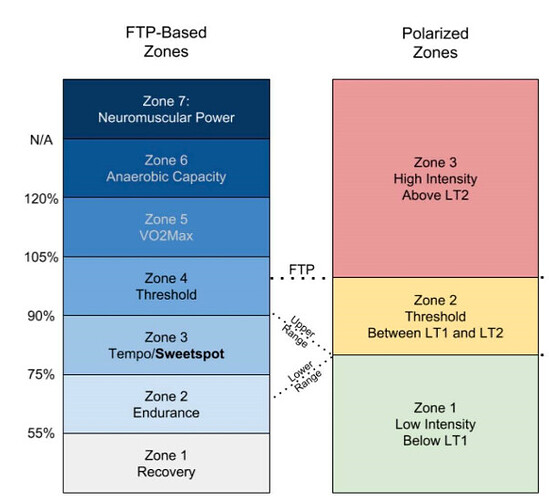Alcatraz Dey has so far participated in 3 Half Ironman distance triathlons, 1 full distance triathlon, numerous 10ks, and half marathons. He regularly coaches students for Defence and Police recruitment physical tests and has actively enabled numerous folks to run their first 5 kilometers off from the couch.
Sign up with Alcatraz and train using the 80/20 model and a deeper understanding of your heart zones.

Why is it important to train using heart zones?
- Individualized Training: Heart rate training zones are personalized to your fitness level, making your training more effective. They take into account your maximum heart rate (MHR) and resting heart rate (RHR) to create a customized training plan. This ensures that workouts are appropriate for your specific cardiovascular capacity.
- Better Fitness Assessment: Heart rate zones can help assess your current fitness level. Monitoring your heart rate during workouts provides valuable data on how your cardiovascular system is responding to training stress, helping you track improvements over time.
- Prevent Overtraining: Overtraining can lead to injury, burnout, and decreased performance. Heart rate monitoring can help you avoid overtraining by ensuring you stay within appropriate intensity levels during workouts. Training too hard too often can lead to fatigue and reduced gains.
- Efficient Fat Burning: Heart rate zones help runners optimize fat burning during endurance workouts. Training at lower intensities in the aerobic zones can improve your body’s ability to use fat as a primary energy source, which is essential for long-distance runners.
- Building Endurance: Specific heart rate zones are associated with aerobic endurance and stamina. By training in these zones, you can gradually increase your endurance capacity, enabling you to run longer distances with greater ease.
- Speed Improvement: Heart rate zones also play a role in improving speed. Higher-intensity zones, like threshold and anaerobic zones, help increase your lactate threshold and anaerobic capacity, which can translate into faster race times.
- Injury Prevention: Training in the appropriate heart rate zones can help prevent injuries. Avoiding overtraining and ensuring you have adequate rest and recovery can reduce the risk of overuse injuries common among runners.
- Goal Achievement: Heart rate training can be instrumental in achieving specific running goals. Whether you’re aiming for a certain race pace, completing a marathon, or increasing your weekly mileage, training in the right heart rate zones can help you progress towards your goals methodically.
- Feedback and Accountability: Heart rate monitors provide real-time feedback during workouts, helping you maintain the desired intensity level. This accountability can encourage adherence to your training plan.
- Long-Term Health: Heart rate training promotes cardiovascular health. By regularly engaging in aerobic exercise within appropriate heart rate zones, runners can lower their risk of heart disease, improve blood pressure, and manage cholesterol levels.
Reach out here to get coaching, guidance, and plans for your fitness journey.
Three things that you will get when you sign up:
- Detailed plan including rest, recovery and nutrition.
- Adaptive change in plans based on progress
- Complete focus on being injury-free

